This article was medically reviewed by Luba Lee, FNP-BC, MS and by wikiHow staff writer, Janice Tieperman. Luba Lee, FNP-BC is a Board-Certified Family Nurse Practitioner (FNP) and educator in Tennessee with over a decade of clinical experience. Luba has certifications in Pediatric Advanced Life Support (PALS), Emergency Medicine, Advanced Cardiac Life Support (ACLS), Team Building, and Critical Care Nursing. She received her Master of Science in Nursing (MSN) from the University of Tennessee in 2006.
There are 10 references cited in this article, which can be found at the bottom of the page.
This article has been viewed 20,591 times.
A high arch, otherwise known as a cavus foot, can lead to a lot of pain and discomfort in your daily life. Thankfully, there are a lot of ways to treat, manage, and care for your high-arched feet. Keep yourself comfortable on a daily basis by wearing supportive shoes, braces, or insets. If you need medical help in order to properly care for your high arches, talk to a professional to see what they suggest.
Steps
Using the Proper Foot Support
-
1Wear shoes that support the arch of your feet. Opt for shoes that have a lot of padding and cushioning around the arch area. When trying on a shoe, make sure that it fits your heel and toe areas comfortably. If necessary, stick a few heel pads into the shoe so that it fits better.[1]
- If you like wearing extra socks on a daily basis, be sure to wear that many layers of socks when you’re testing out new shoes.
Tip: Supportive shoes should have durable but flexible soles, a roomier toe box, as well as easily adjustable laces.
-
2Avoid wearing high heels and other uncomfortable shoes. Try to wear shoes that don’t put as much stress on your arches, like a pair of flats. If your foot feels constricted while in a high-heeled shoe or pump, switch to a different style of dress shoe instead (e.g., flats).[2]
- Wearing high-heeled shoes while having high arches is a subjective experience. If you don’t have any issues with wearing high-heeled shoes, don’t worry about changing your wardrobe.
- For extra stability, wear shoes with a heel that’s a little wider on the bottom.
Advertisement -
3Opt for an ankle brace when you’re out and about. Walk more comfortably by providing extra support to your ankle and foot. When you wear a cushioned brace, you provide more stability to both your foot and ankle. You can generally find ankle braces at a drugstore, or any place that sells health and first aid products.[3]
- Ask a foot doctor or surgeon if this would be beneficial to you.
- Shoes with high tops, such as ankle boots or high-topped sneakers, can also provide extra stability and support.
-
4Place an arch insert into the bottom of your shoe. Look at your local supermarket or drugstore for cushioned inserts that custom fit the bottom of your shoes. See if you can find customized inserts for your feet specifically, and wear them in your shoes throughout the day.[4]
- Some stores have machines that analyze the arches and pressure points of your feet. Take advantage of these if you aren’t sure where to start.
-
5Invest in orthotic shoes or a custom orthotic device. Look into custom shoes or an orthotic insert to make it more comfortable to walk and move around. If you can’t find an insert that works for you at your local drugstore, try contacting the nearest orthopedist for assistance. If your issue is especially severe, the doctor might perform a computer analysis to determine the support that your foot needs.[5]
- In the case of high arches, many orthopedists recommend putting some cushioning in your shoe to help reduce some of the pressure from your arches.
Managing Arch Pain
-
1Stretch the arches of your feet to reduce pain. Set a small towel on the ground. Next, clench your toes to grasp the fabric and bring the towel to wherever you’re sitting. Additionally, you can use your hands to pull your toes backward, thus allowing the muscles of your arch to stretch. Do these stretches each day to keep your feet from being sore.[6]
- Doing these stretches can prevent plantar fasciitis, a condition where the tissues along the bottom of your foot are inflamed.
- Massaging your feet can also help relieve pain.
Did you know? You can also stretch out your arches by performing leg lunges. Keep your back foot planted on the ground while extending the other leg forward, pushing forward with your hips until your calves stretch. When doing this exercise, only hold the lunge position for about half a minute. For this stretch to be effective, only do a few reps throughout the day.
-
2Ice the painful areas of your arches for 20 minutes. Fill a bag with ice or use an ice pack to ease the pain of your sore arches. Don’t overwork your feet or your arches—instead, take a break whenever your feet feel especially sore. Don’t leave the ice pack on for more than 20 minutes, and only use it as needed.[7]
- As a general rule, only use ice once every 2-4 hours over a 3-day period. Talk to your doctor if you’d like more specific and targeted treatment options.
-
3Take anti-inflammatory medication to ease the pain. Use the pain medication you already have on hand to provide relief to your high arches. Feel free to use ibuprofen or aspirin—whichever you’re most comfortable with. When using an over-the-counter medication, always follow the proper dosage instructions.[8]
- If your arch pain is really unmanageable, ask your doctor if they can prescribe you something stronger.
-
4Keep your weight in a healthy range to take pressure off your arches. If you’re carrying extra weight, it can put additional strain on your feet, leading to pain.[9] Talk to your doctor about safe and healthy ways for you to lose weight if you need to.[10]
- For most people, the best way to lose weight is to reduce how many calories you eat and get more exercise.
- Talk to your doctor, a physical therapist, or a fitness instructor about forms of exercise that won’t hurt your feet.
Seeking Medical Help
-
1Talk to a podiatrist or foot surgeon for advice. Schedule an appointment with a medical professional with experience in foot issues. While you may be managing the pain and discomfort of your high arches, it might be worth it to talk to your doctor about additional options. Before considering surgery or more serious medication, ask your doctor if there are any natural or over-the-counter ways you can treat and care for your arches.[11]
- Be sure to tell your doctor what has and has not been working for you.
Did you know? One of the simplest and best ways to care for and lessen your high arches is to rest your feet.
-
2Receive cortisone injections in your arches to lower the pain. Talk with a medical professional to see if frequent cortisone injections could help you care for your high arches. Although a bit more intense than most anti-inflammatory drugs, you might want to consider this treatment if you’d like to treat the impacted tissue directly.[12]
- Keep in mind that cortisone qualifies as a steroid medication.
-
3Schedule surgery if your high arches interfere with your quality of life. Discuss the best time and place to get a foot surgery with a medical professional. Depending on the issue that’s causing your high arches, there might be different procedures for you to consider, such as lengthening the Achilles tendon. Talk with your doctor to confirm how you should best prepare for this.[13]
- If your high arches are due to rheumatoid arthritis or some type of injury, you might have to look into a different procedure.
- The most common surgeries used to flatten foot arches are: lengthening the Achilles tendon, cleaning the tendon, cutting and shifting the bones, and tendon transfer.
-
4Go to physical therapy if you have difficulty walking. Meet with a medical professional who can guide you through new ways to stretch and move around with especially sore feet. In these sessions, you can learn ways to move around and put less pressure and hurt on your ankles and feet. Continue seeking therapy as long as your arches make it uncomfortable to walk.[14]
- In many cases, physical therapy will be combined with an orthotic insert or some form of pain medication.
References
- ↑ https://uihc.org/health-topics/high-arches-you-dont-have-live-pain
- ↑ https://uihc.org/health-topics/high-arches-you-dont-have-live-pain
- ↑ https://www.foothealthfacts.org/conditions/cavus-foot-(high-arched-foot)
- ↑ https://www.mountsinai.org/health-library/diseases-conditions/high-arch
- ↑ https://orthoinfo.aaos.org/en/treatment/orthotics/
- ↑ https://myhealth.alberta.ca/Health/aftercareinformation/pages/conditions.aspx?hwid=zp4497
- ↑ https://my.clevelandclinic.org/health/diseases/21719-high-arch-feet
- ↑ https://my.clevelandclinic.org/health/diseases/21719-high-arch-feet
- ↑ https://www.ncbi.nlm.nih.gov/pmc/articles/PMC4297201/
- ↑ https://www.cdc.gov/healthyweight/losing_weight/index.html
- ↑ https://www.mountsinai.org/health-library/diseases-conditions/high-arch
- ↑ https://www.northwell.edu/orthopaedic-institute/find-care/treatments/flatfoot-reconstruction
- ↑ https://medlineplus.gov/ency/article/001261.htm
- ↑ https://www.northwell.edu/orthopaedic-institute/find-care/treatments/flatfoot-reconstruction
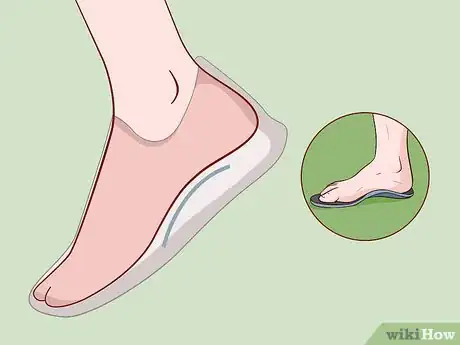

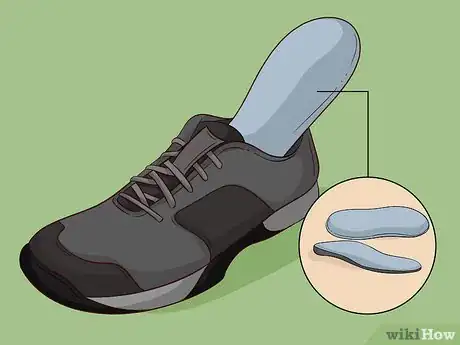
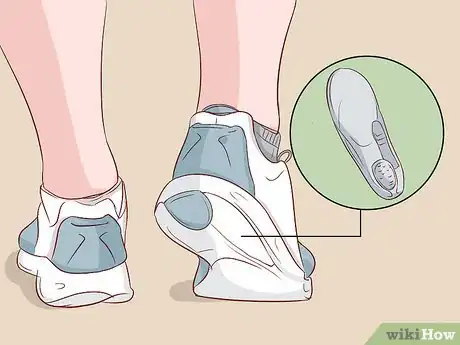
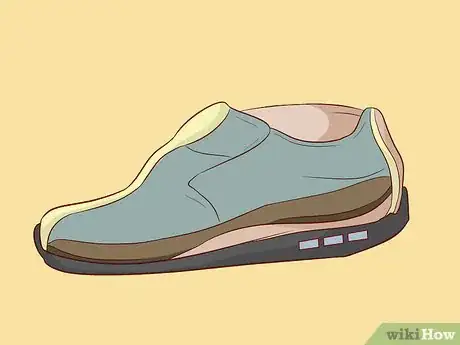

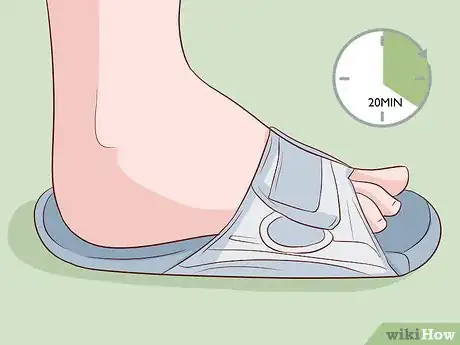
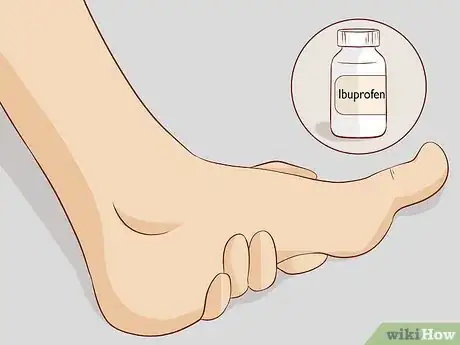
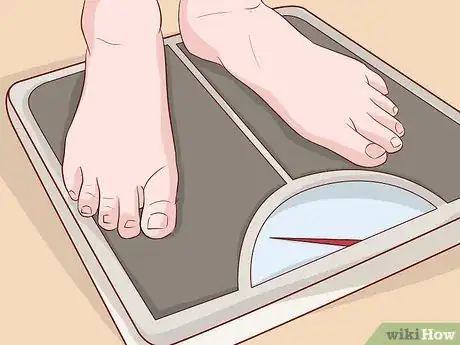

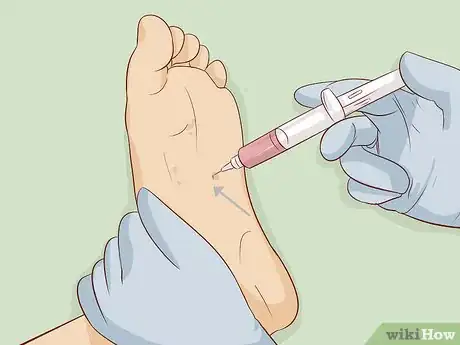
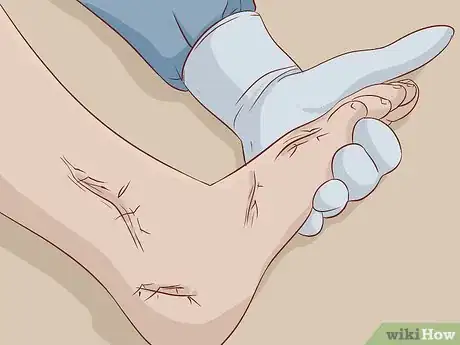

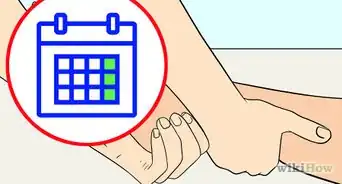
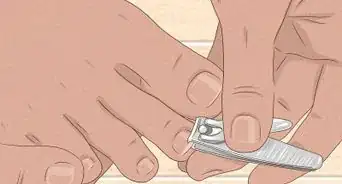
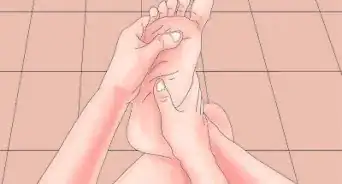

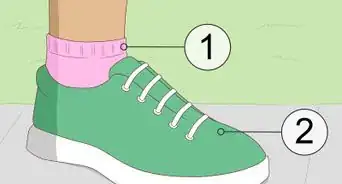

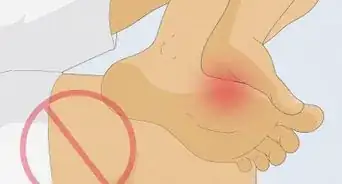
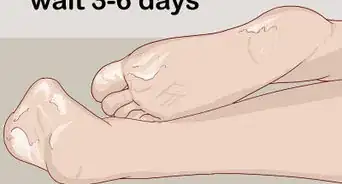
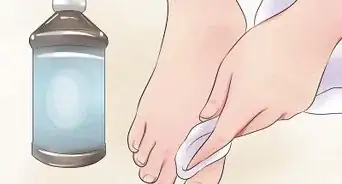
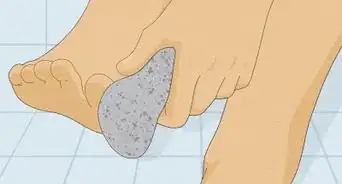


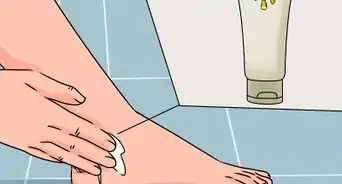







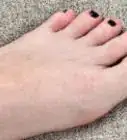

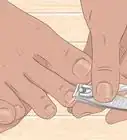




































Medical Disclaimer
The content of this article is not intended to be a substitute for professional medical advice, examination, diagnosis, or treatment. You should always contact your doctor or other qualified healthcare professional before starting, changing, or stopping any kind of health treatment.
Read More...